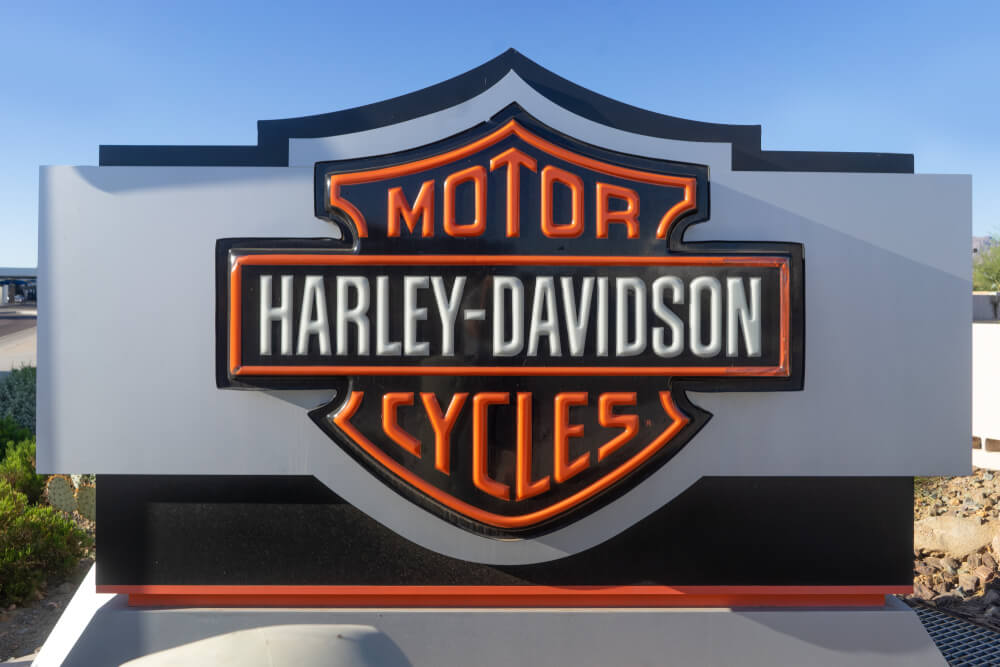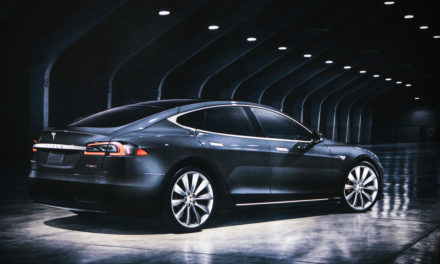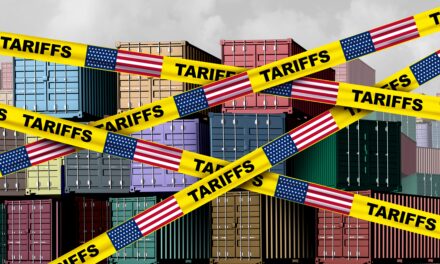President Donald Trump has been a frequent critic of Harley-Davidson and how the company has moved production of some of its iconic motorcycles overseas due to tariffs he’s levied against other countries.
It wasn’t that long ago that Trump proclaimed Harley-Davidson “quit,” even calling for a boycott after the company said it would move some production overseas. But the president took on a different tone this week, vowing to retaliate against “unfair” EU tariffs that Harley-Davidson is in part blaming for a nearly 27% drop in first-quarter profits.
“Harley Davidson has struggled with Tariffs with the EU, currently paying 31%. They’ve had to move production overseas to try and offset some of that Tariff that they’ve been hit with which will rise to 66% in June of 2021.” @MariaBartiromo So unfair to U.S. We will Reciprocate!
— Donald J. Trump (@realDonaldTrump) April 23, 2019
Harley said Tuesday that falling demand, higher costs from U.S. tariffs and European taxes on imports of its motorcycles hurt its earnings.
Per CNBC:
Here’s how the company did compared with what Wall Street expected:
- Adjusted earnings: 98 cents per share vs. 65 cents per share forecast in a survey of analysts by Refinitiv.
- Revenue: $1.19 billion vs. $1.19 billion forecast by Refinitiv.
Harley said first-quarter net income was $127.9 million on consolidated revenue of $1.38 billion, compared to $174.8 million on consolidated revenue of $1.54 billion in 2018, a decline of 26.8%.
Its revenue from motorcycles and related products fell 12.3% from a year earlier to $1.19 billion.
Excluding the impact of tariffs and restructuring costs, the company said its net income fell to $127.9 million, or 80 cents per share, in the first quarter ended March 31 from $174.76 million, or $1.03 per share, a year earlier.
Its shares tumbled by 1.6% after initially jumping by more than 2% in premarket trading.
Harley has struggled with a drop in sales in the U.S. amid fears that younger buyers are less interested in big motorcycles than previous generations. Last quarter, the company’s shares tanked after it released earnings that missed analysts’ expectations.
The company has been trying to get more people excited about riding motorcycles again. In November, it started to preview its LiveWire electric motorcycle in the U.S. and Europe in an attempt to attract more riders overall, including younger ones.
Harley also unveiled a 10-year plan in 2017 to attract 2 million new riders by 2027. In addition to investing in electric bikes, it has set up schools across the country to teach people how to ride.




